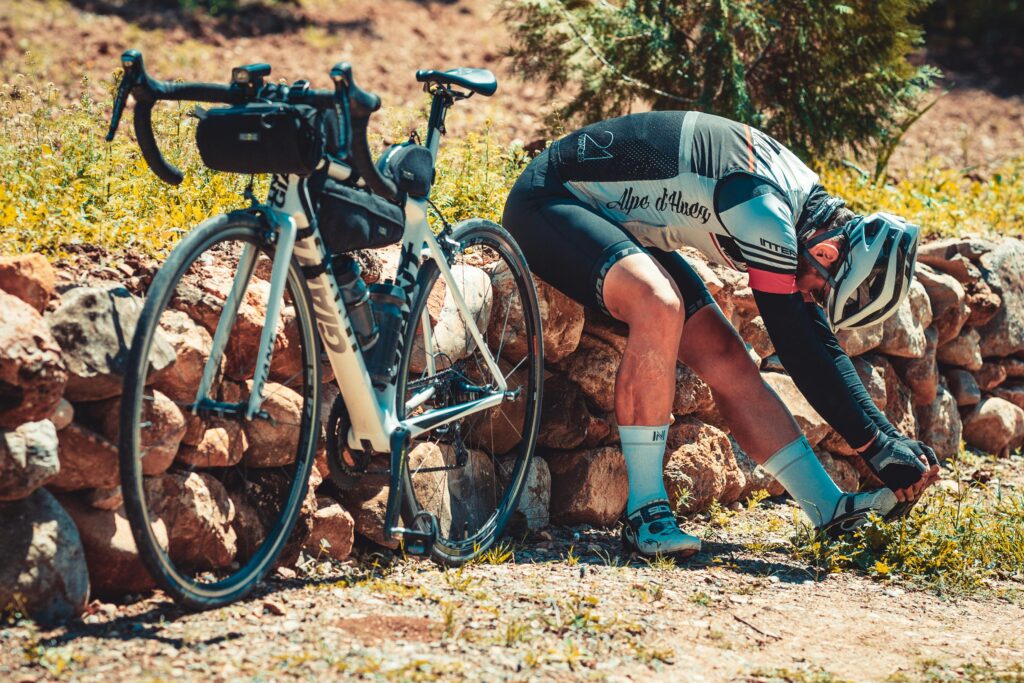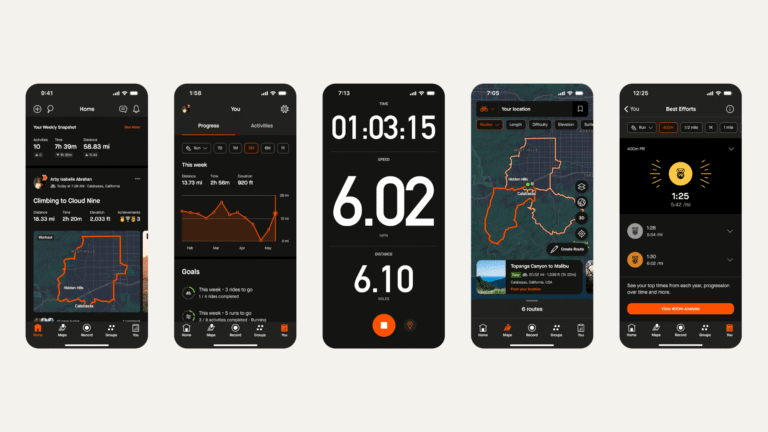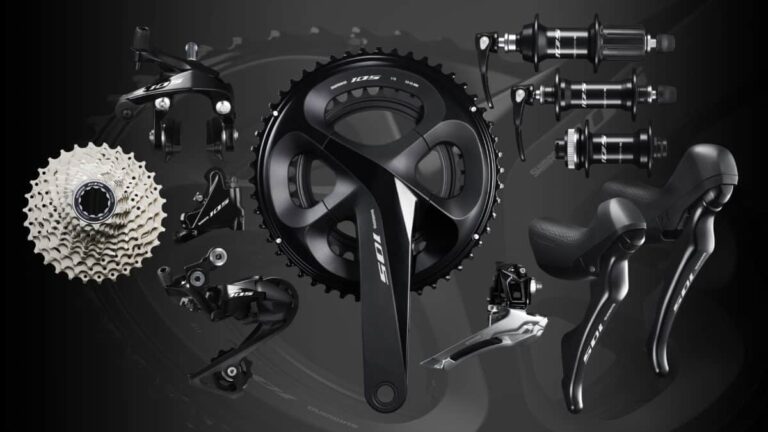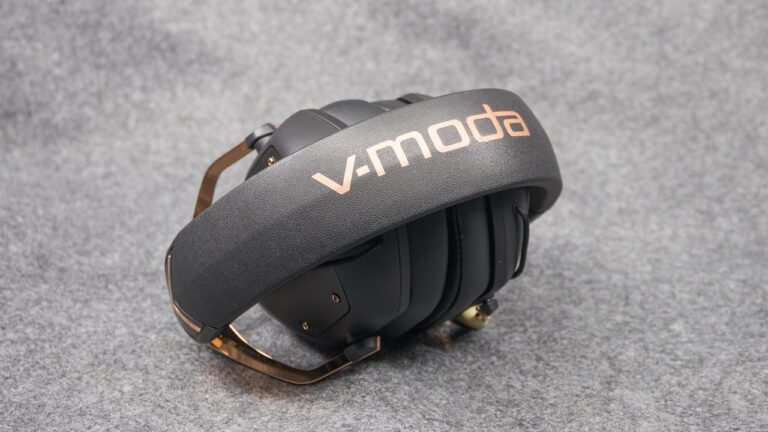Riding with Knee Pain? Knee pain can be frustrating for cyclists, but it doesn’t have to stop your rides. Learning how to ride with knee pain safely is crucial to maintain your cycling routine without worsening the injury. Whether you’re a weekend rider or a daily commuter, this guide will help you keep pedaling while protecting your knees.

Understanding Knee Pain While Riding
Before diving into tips, it’s important to understand why knee pain occurs during cycling. Common causes include:
- Incorrect bike fit
- Overuse or sudden increase in mileage
- Weak or imbalanced muscles
- Poor pedaling technique
By identifying the source, you can better manage riding with knee pain and prevent long-term damage.
Adjust Your Bike for Comfort
A simple bike adjustment can make a huge difference when riding with knee pain. Consider:
- Saddle Height – Too high or low can strain your knees. Adjust so your legs are slightly bent at the bottom of the pedal stroke.
- Cleat Position – For clipless pedals, ensure your cleats align properly to reduce lateral knee stress.
- Handlebar Reach – A comfortable handlebar distance can improve posture and reduce knee strain.
Even small tweaks can make riding with knee pain more manageable.
Warm-Up and Stretch Before Riding
Cycling without warming up can worsen knee discomfort. Try these steps:
- Dynamic stretches: Leg swings, lunges, and light squats to activate muscles.
- Short pre-ride spin: Pedal at low resistance for 5–10 minutes.
- Foam rolling: Focus on quads, hamstrings, and calves to release tension.
Warm-ups prepare your joints and muscles, reducing the risk of injury while riding with knee pain.
Modify Your Riding Style
Adjusting how you ride can help reduce knee strain. Some strategies include:
- Lower resistance, higher cadence: Pedal faster with less force to reduce knee load.
- Avoid steep climbs: Save heavy climbs for days when your knees feel strong.
- Frequent breaks: Short stops give your knees a chance to recover during long rides.
Ask yourself: Are you pushing too hard? Could a gentler pace protect your knees while still enjoying the ride?
Ultimate Cycling Knee Pain Tips & Tricks
Strengthen Supporting Muscles
Building strength in surrounding muscles can prevent and relieve knee pain:
- Quadriceps and hamstrings: Leg presses, squats, and hamstring curls
- Glutes: Bridges and lunges
- Core: Planks and stability exercises to support proper cycling posture
Strong muscles support the knee joint, making it easier to ride with knee pain safely.
Use Knee Support If Necessary
Knee sleeves or braces can offer extra stability, especially for riders recovering from injury. Make sure they:
- Fit snugly without restricting movement
- Provide compression to reduce swelling
- Are designed for sports or cycling
This is a temporary solution while you work on strengthening and technique.
Recovery After the Ride
Even short rides can aggravate knee pain if recovery is neglected. Effective recovery steps include:
- Ice therapy: 10–15 minutes post-ride to reduce inflammation
- Gentle stretching: Target quads, hamstrings, and calves
- Rest days: Allow knees to recover between hard rides
Remember: Riding with knee pain is manageable, but ignoring discomfort can worsen it.
When to See a Professional
If knee pain persists despite these strategies, consult a physiotherapist or sports doctor. Persistent pain may indicate:
- Tendonitis
- Meniscus injuries
- Patellofemoral pain syndrome
Professional advice ensures safe continuation of your cycling journey.
Conclusion
Riding with knee pain doesn’t mean giving up cycling. With proper bike adjustments, warm-ups, modified riding style, muscle strengthening, and recovery, you can continue riding safely. Always listen to your body and seek professional guidance if necessary. Keep pedaling and enjoy the freedom of cycling, pain-free!






